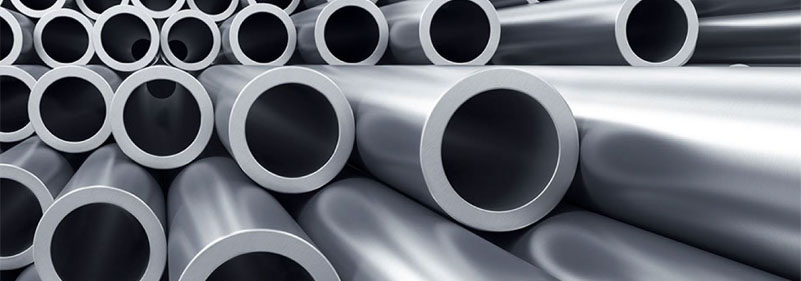Analysis the Reasons of High Utilization Ratio of Stainless Steel in Industry
Industry is refers to the collection of raw materials, and the processing of them into products and processes. Industry is the product of the development of social division of labor, through the development stage of handicraft industry, machine industry and modern industry.
Industry is an important part of the second industry, and it is divided into two categories: Light Industry and heavy industry. In 2014, Chinese industrial production amounted to 4 trillion U. S. dollars, more than the United States to become the world's number one industrial producer.

In the middle of the industry, the use of stainless steel tube for the proportion is relatively large. As a new generation of energy type stainless steel tube has its easy processing, talent shows itself, easy to transport and installation has become an integral part of the stainless steel in the world. Since it is able to adapt to the needs of the people, so it must have its own advantages, otherwise it would be "eliminated" by other products: stainless steel pipe has excellent mechanical properties, abrasion resistance superior.
But also stainless steel scrap has great economic value. Stainless steel material is safe and non-toxic, no corrosion and exudate, no odor or haze, will cause two pollution on water quality, keep water clean sanitation, health and safety to fully guarantee; help to improve the city building quality, can be installed, can also be dark install, can also use underground; can be used in municipal water supply network, water, hot water, high-grade building water supply, heating with hot water pipes, steam pipes and cold area outdoor fire water supply, pump speed, city and other places; high strength stainless steel pipes, which greatly reduces the possibility of external force influence Water Leakage the water leakage rate decreased significantly, the effective protection and utilization of water resources. They use a wide range, the use of time is also very long as long as a one-time investment in a lifetime benefit.


 English
English 中 文
中 文 Español
Español Português
Português Deutsch
Deutsch Türk
Türk Pусский
Pусский عربي
عربي 한국인
한국인 日本語
日本語
